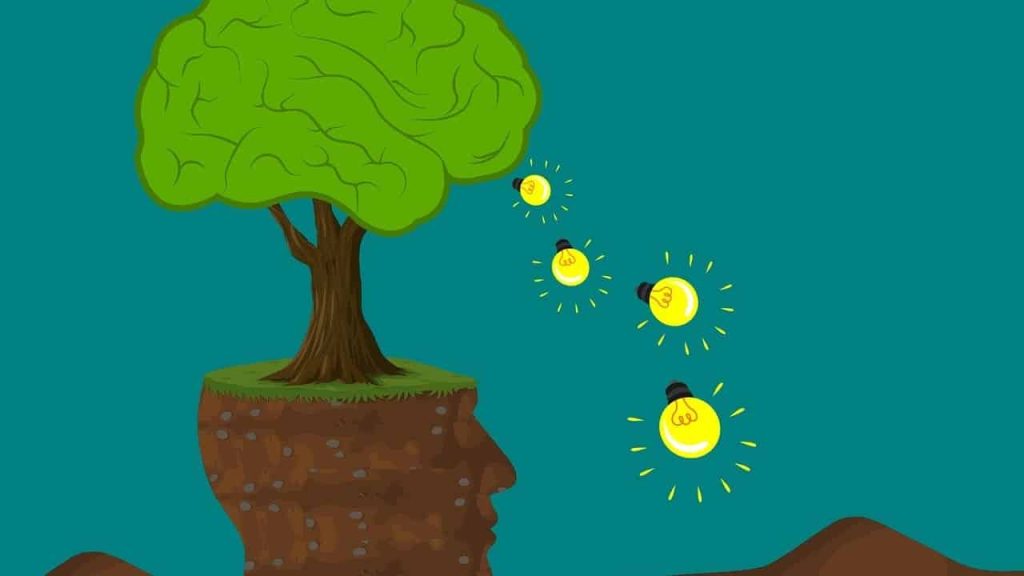The Supplemental Nutrition Assistance Program (SNAP) helps people with low incomes buy food. It’s super important that SNAP is only used by those who really need it. To make sure that happens, the government has a system to check how much money people make, also known as their income. This system helps determine if someone is eligible for SNAP benefits and how much they’ll get. Let’s dive into how SNAP does this.
Initial Application & Documentation
When someone applies for SNAP, they have to fill out an application. This application asks for a lot of information, including details about their income. They also need to provide documents to back up what they say. This is the first step in the income verification process.

What kind of documents do they need? Well, it depends on where their income comes from. If they have a job, they’ll usually need to show pay stubs. These show how much they’ve earned, and how often. SNAP workers check these carefully to make sure the numbers are correct. Sometimes, they’ll need to show more than just their current pay stubs.
Some people get money from other sources, like unemployment benefits or Social Security. For these, they’ll need to provide paperwork showing those amounts. It could be a letter from the government agency or bank statements. All these documents help prove how much money the person is making, and they are all reviewed as part of the application process. This makes sure there is proof, so everyone can agree on income.
This part of the verification often uses a checklist for workers. Here’s an example of what a checklist might look like:
- Pay Stubs: Check for employer, dates, and gross income.
- Bank Statements: Verify deposits and balances.
- Other Income: Check for documentation of other income sources.
- Applicant Signature: Make sure the applicant signed all forms.
Checking Employment and Wages
SNAP often contacts employers to verify the information provided by the applicant. This is a very important part of the process because the numbers need to be accurate. This process makes sure the applicant isn’t misrepresenting their earnings.
SNAP workers might use a system to contact the employer directly. They can ask questions about the person’s work history and earnings. Also, they can verify the pay rates and the average hours worked each week. This helps to make sure that the information on the application is accurate. Sometimes, SNAP workers might visit the workplace to confirm details, if they are allowed to.
SNAP can also cross-reference data with government databases. The Social Security Administration and the IRS have lots of information. These databases are a source of proof. This cross-checking makes it harder for people to give false information. This keeps the program fair for everyone.
Here’s a simple table showing what information might be verified with the employer:
| Information | How it’s Verified |
|---|---|
| Hourly Rate | Pay Stubs and Employer Confirmation |
| Hours Worked | Pay Stubs and Employer Confirmation |
| Gross Income | Pay Stubs and Employer Confirmation |
Looking at Bank Accounts
SNAP can also look at bank accounts to get a good picture of a person’s finances. Checking bank accounts is one of the tools they have to verify information. This gives SNAP workers an overview of the money coming in and going out of the applicant’s accounts.
SNAP staff usually request bank statements. These statements show deposits (money coming in) and withdrawals (money going out). By looking at bank statements, SNAP workers can see if the applicant is getting any income they didn’t mention on their application. They look to see if the income is coming in consistently or infrequently.
SNAP workers are looking for anything that might change the person’s eligibility. This includes income from a job or other sources. It can also show if a person has a lot of money saved up. Having a lot of savings could affect a person’s eligibility for SNAP. This system makes sure the person qualifies at the time of their review.
Here’s an example of what they might look for when reviewing a bank statement. They are not looking for every little thing, just the important parts.
- Check for large, unexplained deposits.
- Look for regular income sources that weren’t reported.
- Confirm the account balance to see if assets exceed limits.
Ongoing Reviews and Recertification
SNAP benefits aren’t just a one-time deal. People have to reapply for SNAP every so often. This process is called recertification. It’s a key part of making sure that only those who qualify get benefits.
At recertification, people have to provide updated information about their income and household situation. SNAP workers will review the new information, and use the same verification methods. This includes checking pay stubs, bank statements, and other documents. It also involves checking in with employers and government databases.
Sometimes, SNAP may do periodic reviews. This could mean sending out a form or asking for updated information. This helps make sure the eligibility is always accurate. This keeps the SNAP program running smoothly, and it is always reviewing to make sure income is correct.
The recertification process often follows this general order:
- Applicant submits updated income information.
- SNAP workers review the information.
- Documentation is requested and verified.
- Eligibility is determined, and benefits are adjusted.
Conclusion
So, **how does SNAP verify income?** It does this through a multi-step process. It involves collecting documentation, checking with employers, reviewing bank accounts, and doing ongoing reviews. The goal is to make sure SNAP benefits go to the people who need them the most. This is an important process that helps ensure the fairness and integrity of the SNAP program, making sure food assistance is there for those who truly need it.